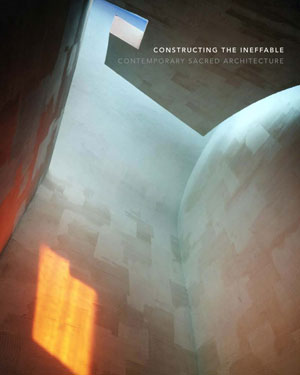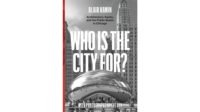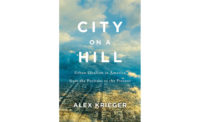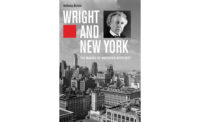This inter-faith overview of contemporary religious architecture, distilled from a 2007 Yale University School of Architecture symposium, showcases 20 essays by architects, historians, and theologians. And the architects steal the show. Outstanding insights from the likes of Stanley Tigerman, Richard Meier, Steven Holl. Zaha Hadid, and Peter Eisenman make half of this book illuminating, alas, the latter half.

Britton’s rambling but informative prologue traces the roots of 21st century religious architecture to Le Corbusier (from whom the book takes its title) and Louis Kahn, who introduced a sense of light-filled monumentality within modernism. Philosopher Karsten Harris confusingly argues that all architecture needs the sacred as much as the sacred needs architecture, an illogical argument commingling Robert Venturi’s notion of a building as a “decorated shed” with Kierkegaard’s transcendental philosophy. What makes most of the historical and philosophical contributions seem unfocused is that they ignore the actual construction processes, including discussions between architects and clients and technical deliberations between architects and engineers. Economic considerations are also factored out.
In Meier’s moving account of his presentation to Pope Paul II of his model for the Jubilee Church in Rome, the Jewish architect and the Pontiff establish a lingua franca for sacred architecture uniting a broadly devout community. Equally valuable, in a less conciliatory spirit, is Rafael Moneo’s description of friction with a building committee over their refusal to buy David Hockney’s paintings as a “crowning touch” for the interior of his Cathedral of our Lady of the Angels in Los Angeles.
However otherworldly the visions for religious architecture, actual projects entail mundane attention to worldly details. Britton’s collection offers hints that God is in the details.







Post a comment to this article
Report Abusive Comment